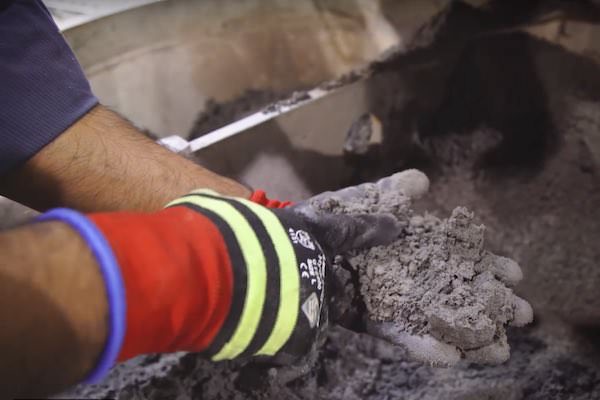
[Image above] Credit: Quartz; YouTube
Last year, I wrote about how Rutgers University materials science professor Richard Riman was hoping that the low-temperature materials processing technique he helped develop could someday establish a materials-centric version of Silicon Valley. This “Materials Valley” would be centered around businesses that use low-temperature processing to sustainably solidify wide-ranging materials, including ceramics and cement.
And it’s not a stretch—researchers and innovators have recently focused on reducing the energy requirements and making manufacturing more “green” for some of the world’s most useful materials.
Cement may be one of the most infamous suspects—the cement industry alone contributes ~5% of global carbon dioxide emissions, so reductions in this sector can have big potential impact.
In fact, one of Riman’s companies, Solidia Technologies, is founded on the concept of using eco-friendly processing techniques to drastically lower the carbon footprint of concrete. Solidia has been quietly and steadily developing its low-emission, carbon-dioxide absorbing concrete blocks for the past several years.
Eco-friendly concrete that’s just as strong as the regular stuff but drastically reduces its carbon footprint?
It’s an intriguing possibility, but it’s also more than a possibility—Solidia has solid science and serious dollars behind its technologies. For instance, one of Solidia’s investors is the world’s largest cement maker, LafargeHolcim.
Quartz recently wrote an article all about Solidia’s technology and promise, after the company let reporter Akshat Rathi inside its facility to see the magic.
Head over to Quartz to read the story—but first check out this brief video that takes you inside one of Solidia’s facilities.
Credit: Quartz; YouTube
Did you find this article interesting? Subscribe to the Ceramic Tech Today newsletter to continue to read more articles about the latest news in the ceramic and glass industry! Visit this link to get started.
